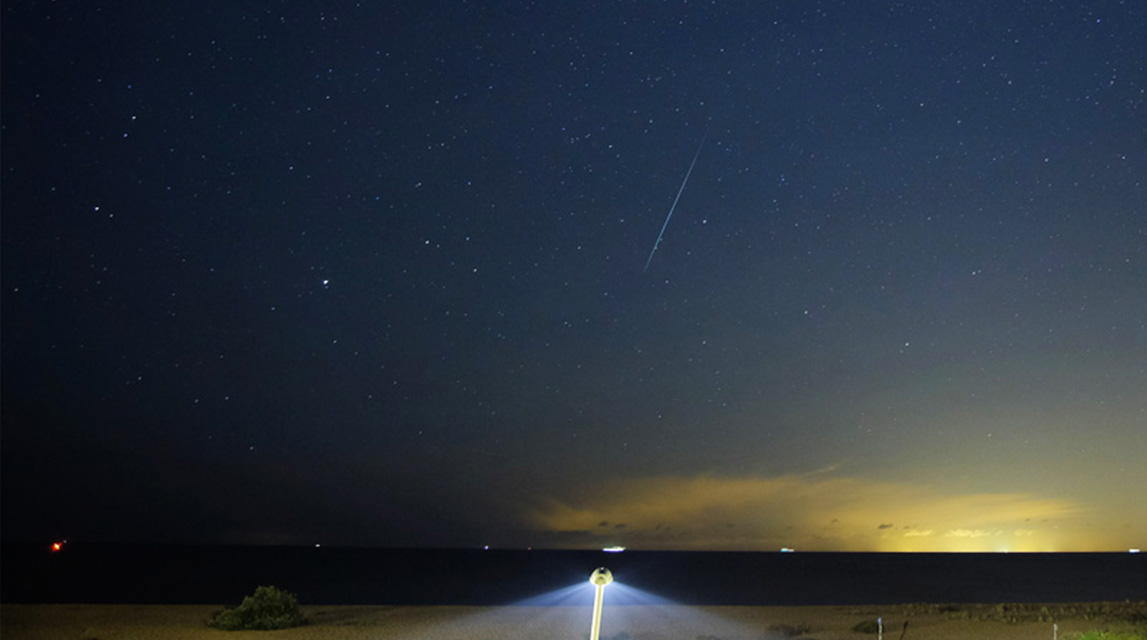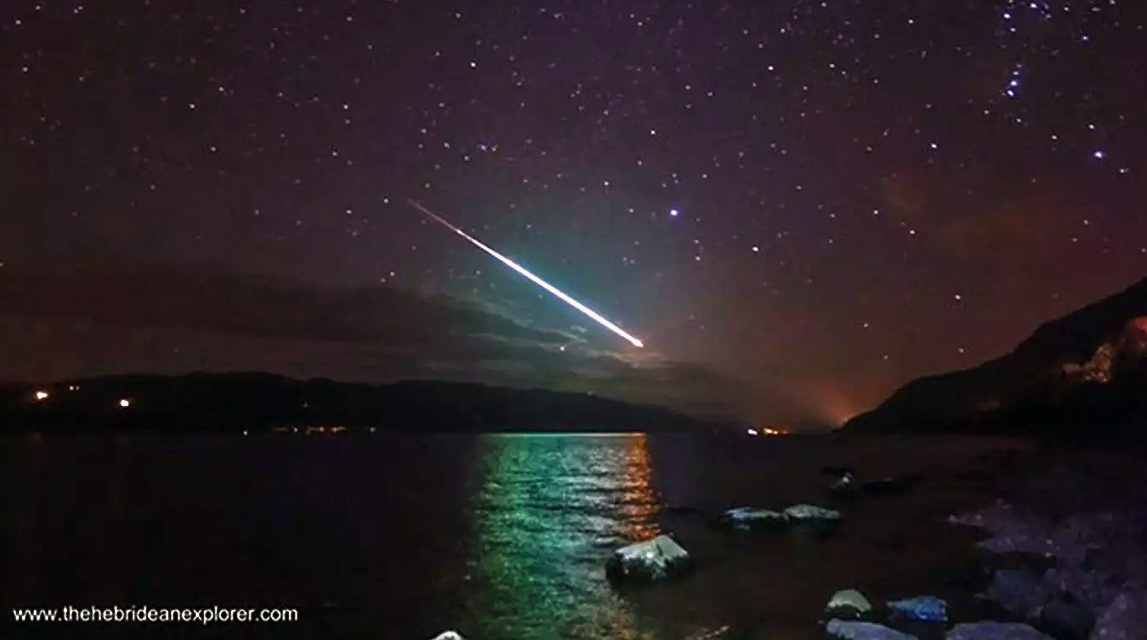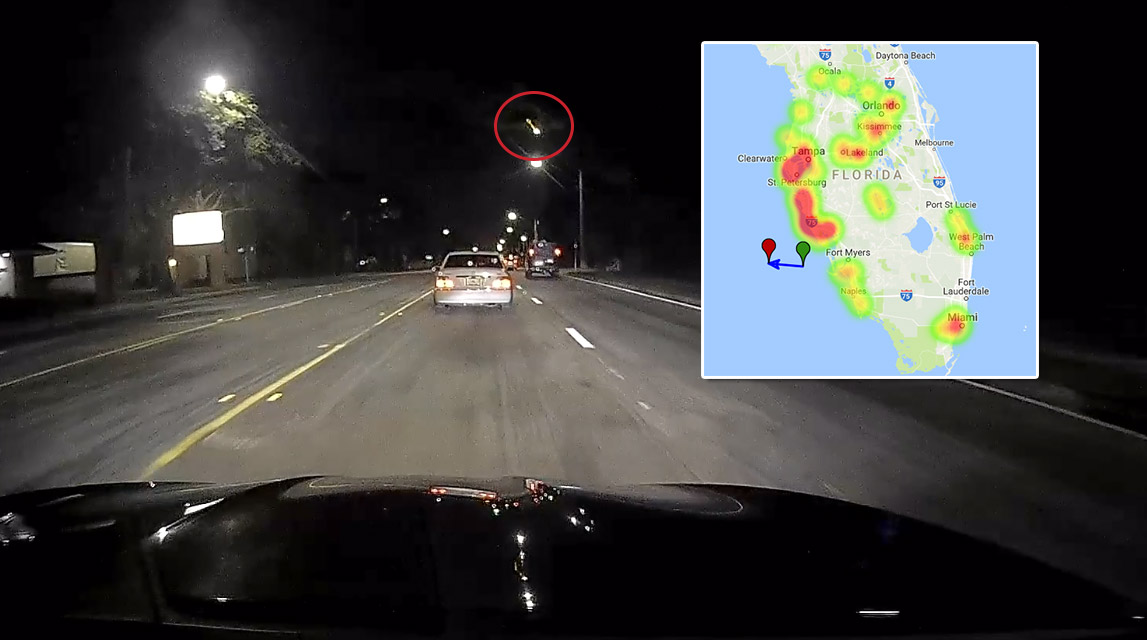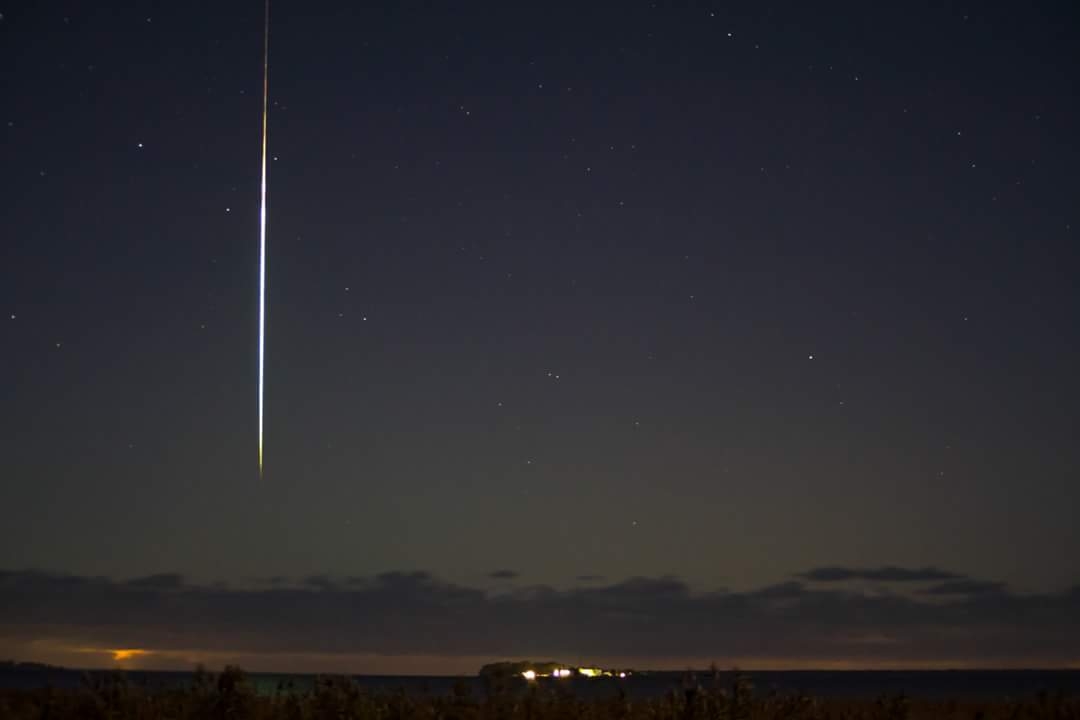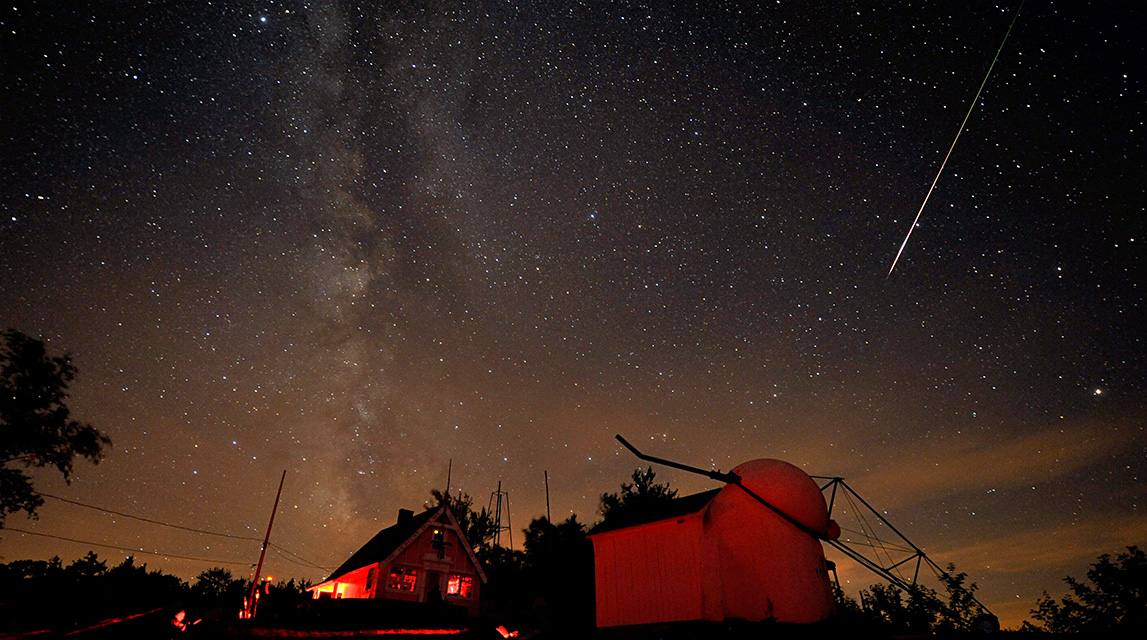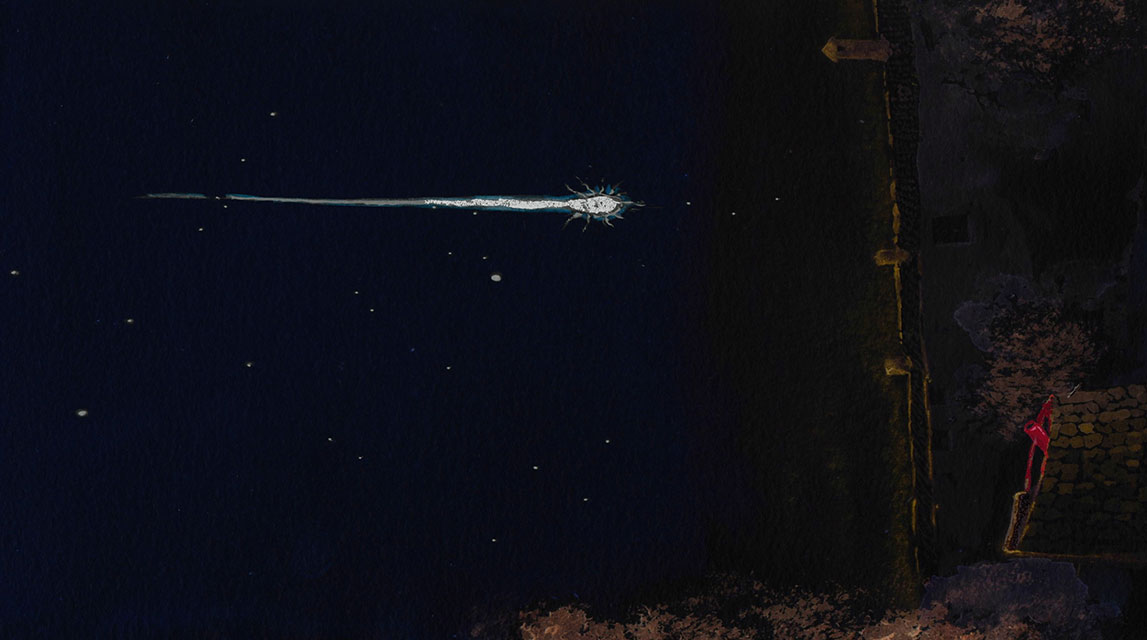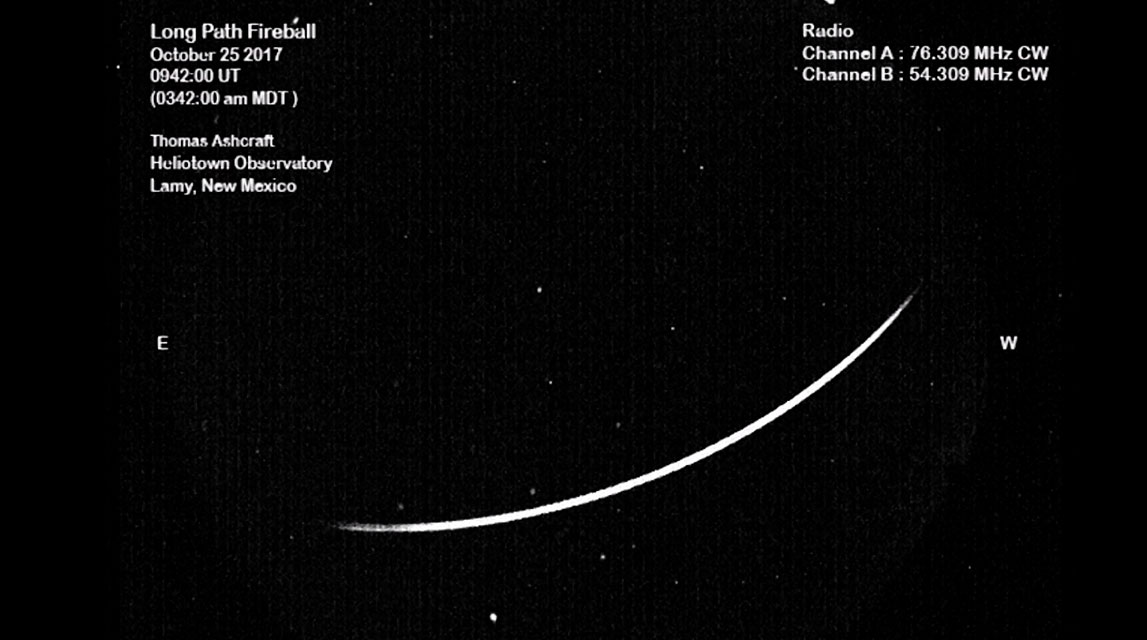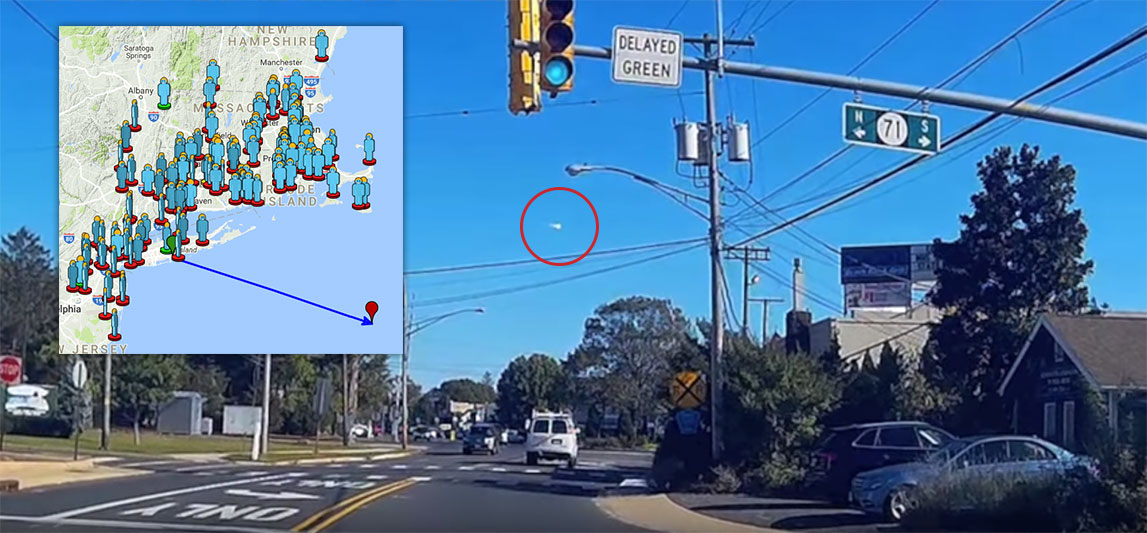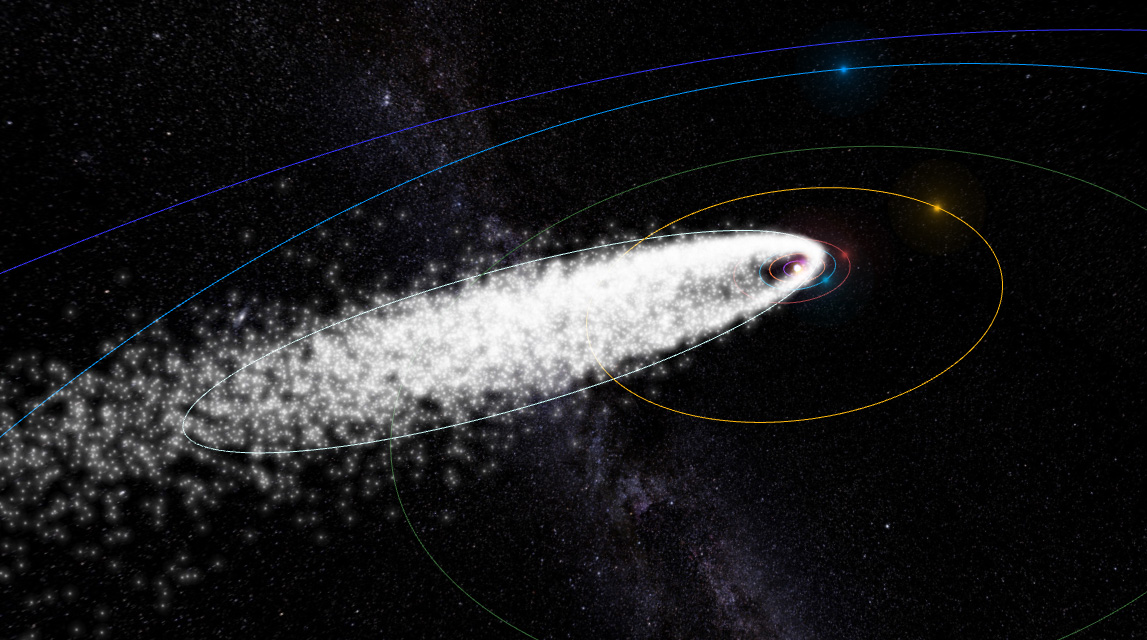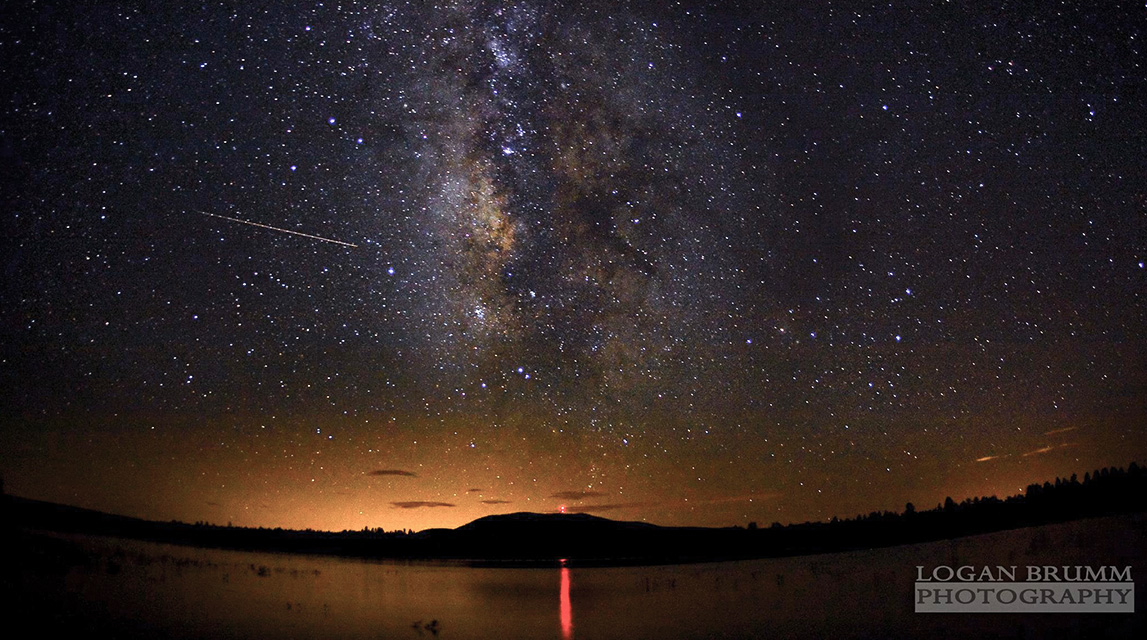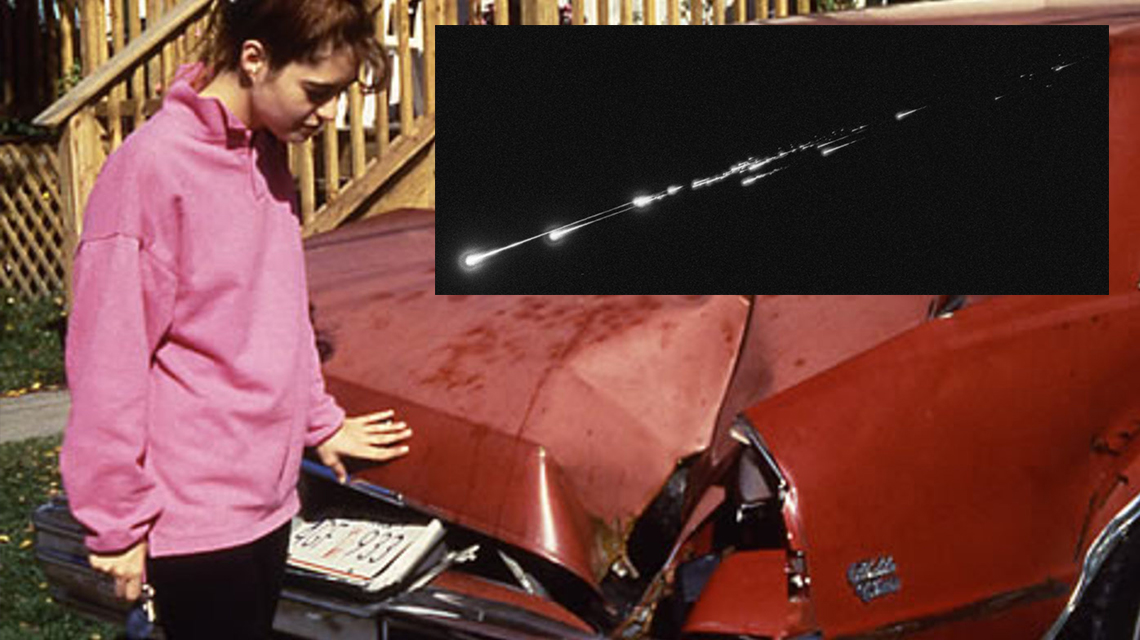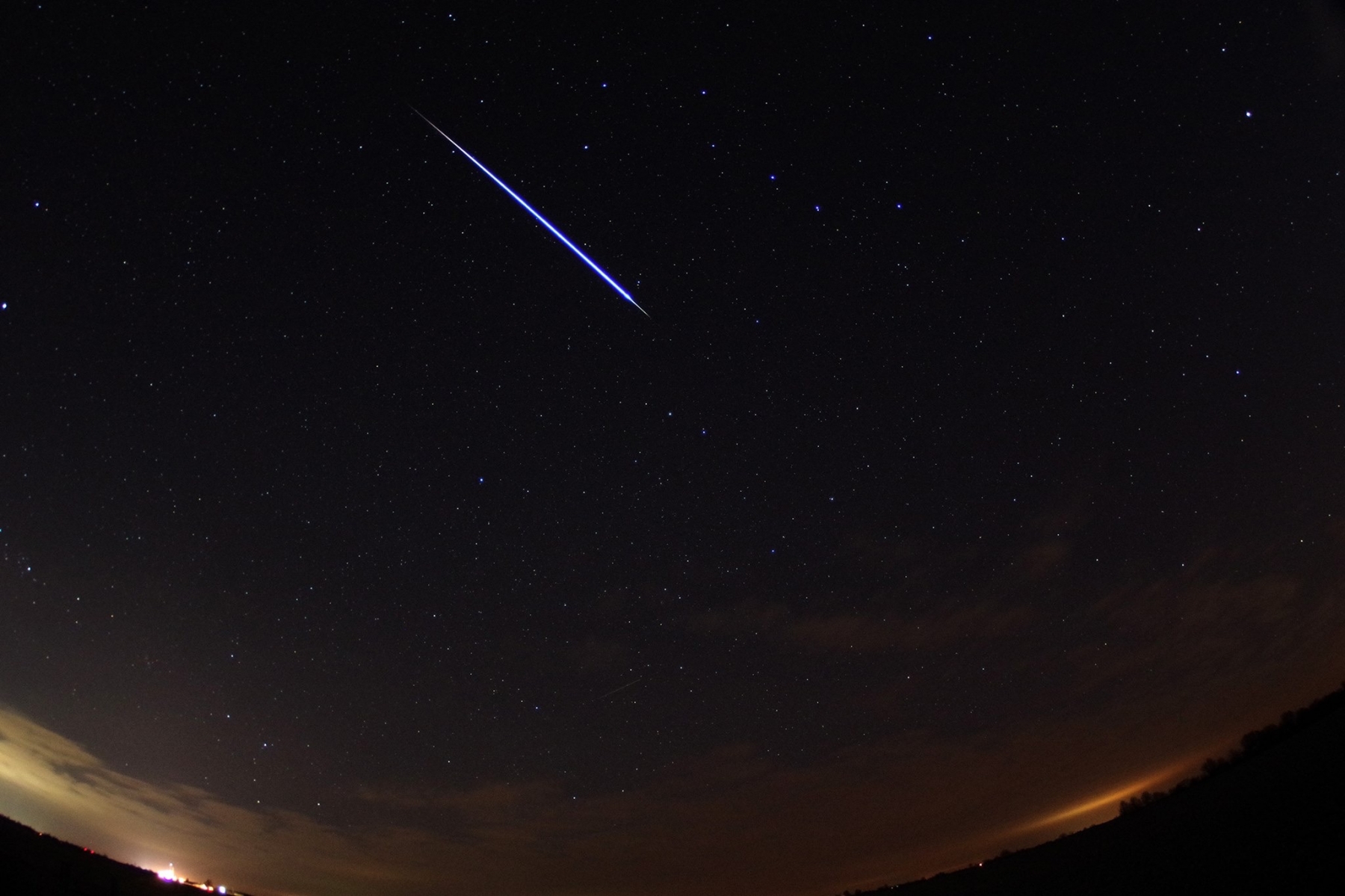
Meteor Activity Outlook for December 23-29, 2017
During this period the moon will reach its first quarter phase on Tuesday December 26th. At that time the half-illuminated moon will lie 90 degrees east of the sun and will set near midnight local standard time (LST) as seen from mid-northern latitudes. As the week progresses the waxing gibbous moon will set later in the morning as the window of opportunity to view under dark conditions diminishes.
 American Meteor Society
American Meteor Society
